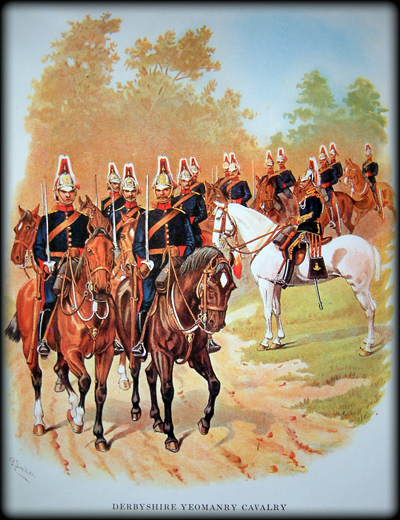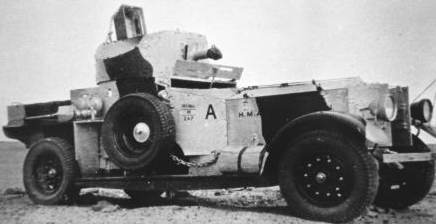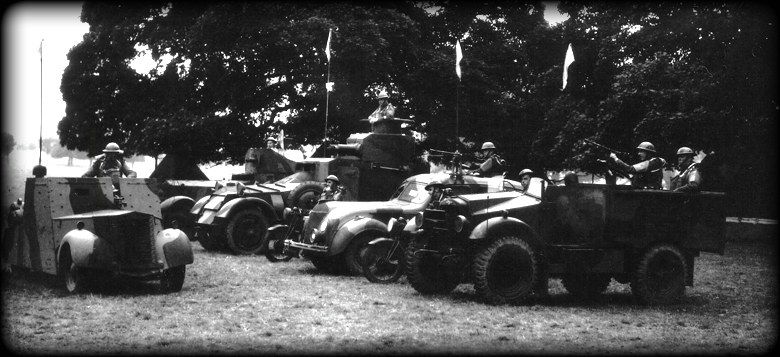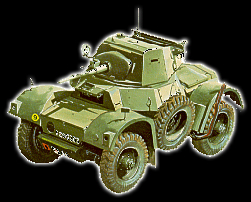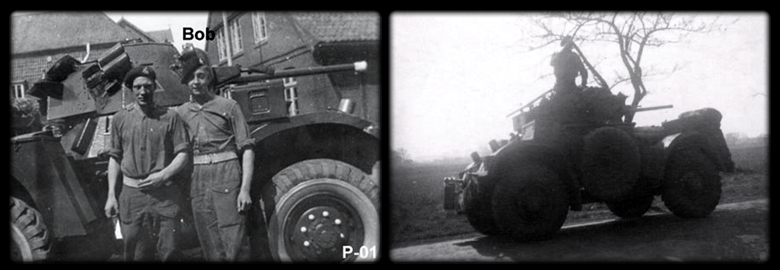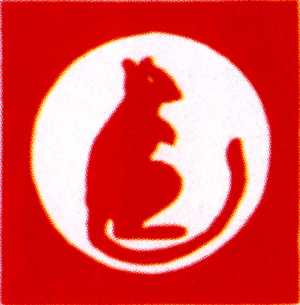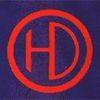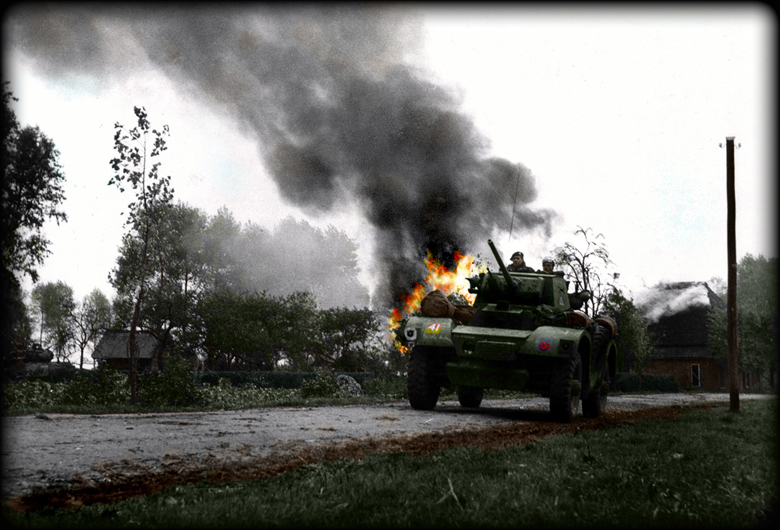 | ||||||||
|
Regimental Biography
The Derbyshire Yeomanry was first formed as the Derbyshire Regiment of Fencible Cavalry on 22nd October 1794, again being raised to meet a threatened French invasion. At the end of summer 1794 four troops had been authorised in Derbyshire. There was the Derby & Chaddesdon Troop, Radbourne Troop, Repton & Gresley Troop and the Burton Troop. Services were renewed in 1803 and all troops became part of the Derbyshire Cavalry. In 1828 most yeomanry was expected to disband but the Radbourne Troop continued service without pay. In 1830 it was granted pay and in 1831 and 1843 new troops were raised.
In April 1864 these three Troops became part of the Derbyshire Yeomanry Cavalry and continued as such until 1919. After a period of suspense the regiment was reformed in April 1922 as the 24th Armoured Car Company of the Royal Tank Corps. In April 1939 it became 1st and 2nd Derbyshire Yeomanry. In winter 1945 the 2nd was disbanded although the official date is given as August 1951.The 1st was reformed in 1947 and affiliated to the 12th Lancers. It is recorded that the Leicestershire Yeomanry (under the command of Adjutant Bowater) had to help the Burton Troop of the DYC suppress some riots in the county during October 1831. I
The DYC Regiment on parade at Aston Camp c1890.
In the First World War, the Regiment was based in the Middle East and the names of the now-famous places it fought at include Egypt, Macedonia, Struma, Sulva, Scimitar Hill and, most famous of all, Gallipoli. When the Territorial Force (TF) was created in 1908, the Derbyshire Yeomanry, together with the South Notts Hussars and Sherwood Rangers formed the Notts and Derby Mounted Brigade in the 1st Mounted Division. In September 1914 another mounted division was formed, the 2nd, to which the Notts and Derby Brigade was transferred, and in November the division was deployed along the Norfolk coast, the regiment being stationed in Cromer.
This "Silver Ghost" Rolls Royce armoured car (RR ARV) is saved from the scrap heap by the onset of war. Taken on by the 1st Derbyshire Yeomanry from the 12th Lancers, the vehicle was on active patrols on the vulnerable Norfolk coast. It is one of 42 remaining RR armoured cars of its type at the time. Today this Rolls Royce armoured car, one of only two remaining working examples in the world, has its home at The Tank Museum at Bovington. *** This was also the same RR ARV used by the 10th Hussars in the build up to the counter attack at Frezenberg on the 13th May 1915, a troop of the 10th Hussars recc'ed the Ypres to Zonnebeke road in them under intense fire and shelling to establish the enemy positions after the first attack with great success.
In April 1915 the division sailed for
Egypt where the brigade was redesignated 3rd Mounted Brigade. In
August the division was sent, dismounted, to Gallipoli, landing
at Suvla and two or three days later (21st August) the regiment
was involved in the advance across the open from Lala Baba to
Chocolate Hill in which action losses amounted to 78 with 20
dead. In October the division was withdrawn and sent back to
Egypt where it was broken up. The 3rd Mounted Brigade was
ordered to Salonika where it arrived in February 1916. The
regiment remained in Macedonia for the rest of the war. The
Sherwood Rangers and Derbyshire Yeomanry were combined to form
an infantry force for Suvla Bay, Gallipoli, in Aug 1915, three
officers and 120 men remained at the remount depot in Egypt to
look after the horses left behind. This group formed the initial
mounted force on Salonika, until reinforced by the remainders
after the actions on Gallipoli in October 1915.
On the 8th May 1943 the 1st Derbyshire Yeomanry of the First Army and the 11th Hussars of the Eighth Army entered Tunis simultaneously, and all resistance ceased on the 12th. General Messe, commander of the Italian Army, would surrender only to the Eighth Army, the necessary negotiations being carried on through the medium of the wireless in the Command Tank of the Staffordshire Yeomanry.
Car "41" of A Squadron, 2nd Derbyshire Yeomanry, Recce regiment, 51st Highland Div somewhere in Germany during WW2.
The Derbyshire Yeomanry is the 22nd Yeomanry in order of precedence in the Yeomanry Force.
| ||||||||
|
| ||||||||
